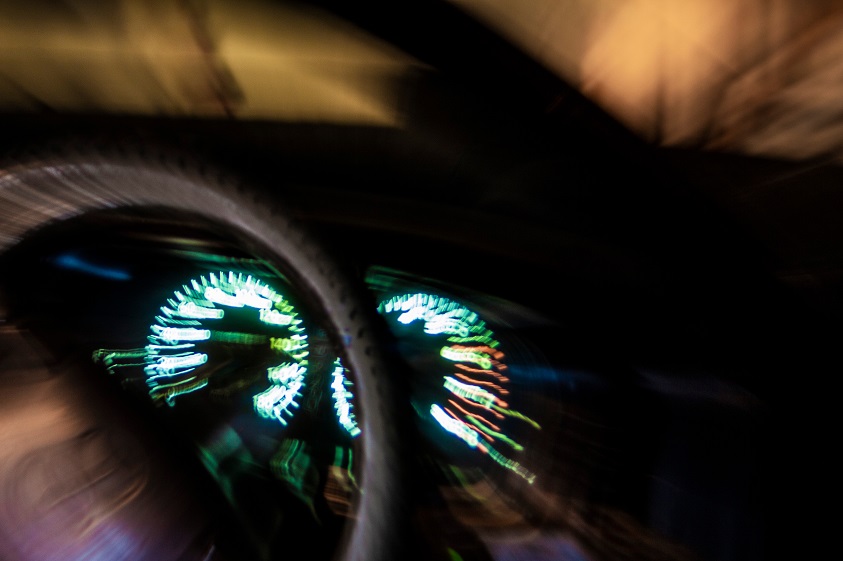Drivers often like to think that small quantities of drink and drugs won’t make any impact to their driving. And sometimes we even forget that we’ve taken them.
So what advice should you be giving to your drivers on this issue?
- There is no ‘safe’ level of alcohol or drugs for driving – even small amounts will affect your reactions, your level of focus and awareness.
- The only safe option – do not drive if you have consumed alcoholic drink or drugs. It could affect your life, your career and those of others.
- Using prescription remedies or ‘over-the-counter’ medicines? Always read the label carefully – don’t take chances, if necessary consult a pharmacist for full advice.
- Remember that you can also be prosecuted for ‘driving whilst your ability to do so is impaired through drink or drugs’, including prescription remedies – even if you are below the ‘prescribed limit’ for alcohol. The penalties are the same, including automatic disqualification.
- Second or third convictions automatically attract much heavier penalties – after a third conviction a driver typically has to convince authorities why the driving licence should be returned, it is not automatic. Full medicals and/or attendance on ‘Alcohol Awareness Courses’ may also be required at the driver’s expense, prior to licence return.
- Consider that many people are caught for driving whilst the blood/alcohol level is above the prescribed limit, the morning after. How can you be sure that you are ‘below the limit’?
How many units of alcohol have been consumed?
There is much misleading information about, so to clarify:
One UK unit is generally equivalent to:
Half a pint (284ml) of standard beer or larger at 3.5% ABV (Alcohol By Volume).
Whilst 3.5% ABV was fairly normal 20-30 years ago when the ‘unit’ was created, now most beers and lagers are much higher. E.g. Fosters = 4%, Carling = 4%, Stella = 5%, Kronenburg = 5% and Strongbow = 5.4%
It’s easy to see that if someone is drinking one of these and believes that one pint is 2 units after a few pints he or she will probably be well above the legal limit for driving. Additionally many cans of beer/lager are now in half-litre sizes – further clouding the issue.
One 25ml measure of spirit at 40% ABV.
Most pubs and clubs now use a 35ml measure and some whiskeys are higher than 40%.
One 125ml glass of wine at 8% ABV.
A pub small glass is usually 175ml. A large glass is usually 250. Most rosés are 11-12%, Australian Reds are around 14% or even higher. A pub ‘large glass’ of wine may amount to more than 4 units of alcohol – just for that one glass. How many people will have simply one glass?
Be aware that many home measures are much larger, and it becomes easy to see how a driver may consume far more than first believed.
To accurately calculate consumption, we MUST know the quantity (in ml) and the ABV. Multiply the quantity by the ABV and divide by 1000.
E.G. Fosters: one 500ml can X 4% = 2000 divided by 1000 = 2 units per can.
So now we know the number of units, how long to process?
As soon as you start to drink, some of the alcohol passes into your blood stream and starts to be processed. So processing times should be calculated from the beginning of the drinking session, not the end. Everyone is different, so the times given are a worst possible situation, and many additional factors create variations – age, state of health, weight, physical size, personal metabolism, etc.
A full digestive tract (after a heavy meal) is the equivalent to a peak period motorway in slowing the progress and absorption of alcohol considerably, whilst some stronger drinks such as spirits and liqueurs are released slowly into the body to allow them to become diluted safely enough for the digestion to cope – how might we then calculate accurately safe levels, safe times? Simply put – there is no safe answer other than not to consume alcohol.
In normal conditions it will take between 20 minutes and one hour for a unit of alcohol to be fully absorbed. We therefore must assume an hour. It then takes one hour to process each unit up to eight units. So one unit = 2 hours, 2 = 3 and so on. Once eight units have been absorbed the body’s systems start to overload and it takes longer to process each unit over eight (again with the above provisos as to variables).
It is generally accepted that 9 units will take up to 11 hours to process, (not the 10 it would have been on the original calculation). 10 units = 13 hours. 11 units = 15-16 hours.
Once 12 units have been drunk the body is working as slowly as it will get so, forget the hours to absorb, just multiply the number of units by 1.5 or, if you like, one and a half hours per unit. I.E. 12 units = 18 hours. 20 units = 30 hours.
As we know that any amount of alcohol can affect our ability to drive safely these calculations are to be alcohol free.
Should the individual start drinking again before becoming alcohol free 1.5 hours should be added to the end of the previous time per unit.
Most drivers cannot believe that it can take that long but it serves to highlight why so many people lose their driving licence the morning after a good (bad?) night. Can you really afford to take that chance? The only safe option is do not consume alcohol if you are intending to drive.
In respect of drugs, there are a huge number of drugs (including prescription drugs such as hay fever or cold remedies) that will affect a driver, and the effects vary significantly with the individual and the drug.
Once again the only safe answer is ‘do not drive when taking drugs’.




